
Find Help
More Items From Ergsy search
-

What is GLP-1?
Relevance: 100%
-

Is GLP-1 naturally occurring?
Relevance: 95%
-

What is the half-life of GLP-1?
Relevance: 95%
-

Are GLP-1 medications injectable?
Relevance: 95%
-
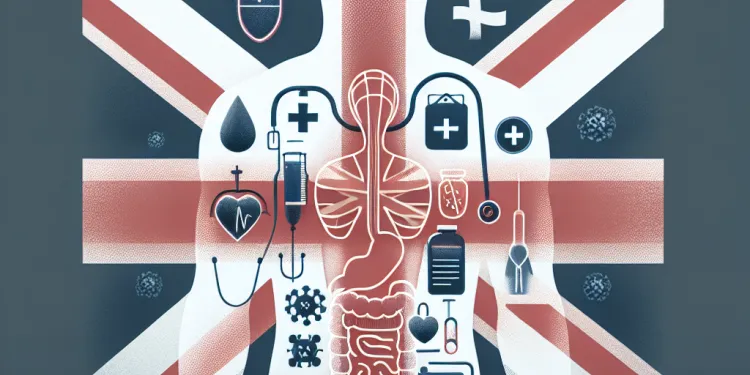
Where is GLP-1 produced in the body?
Relevance: 91%
-

Can GLP-1 levels be measured?
Relevance: 91%
-
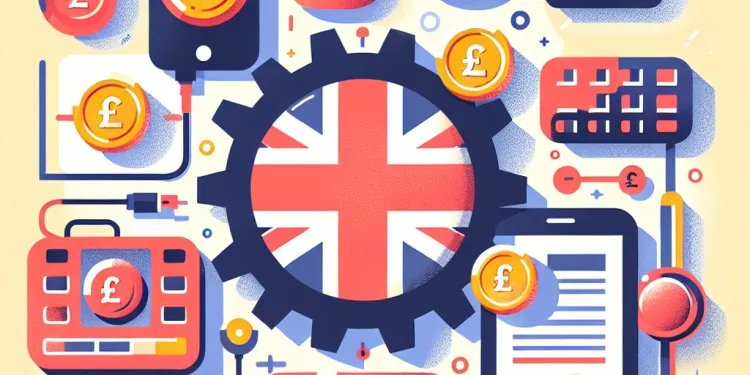
What does GLP-1 stand for?
Relevance: 91%
-
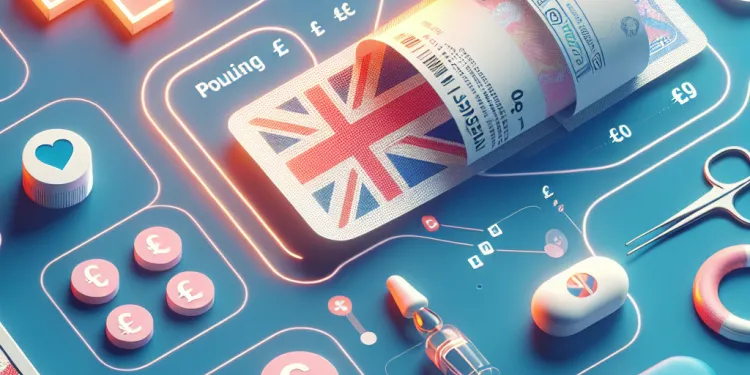
Can GLP-1 be used as a medication?
Relevance: 91%
-
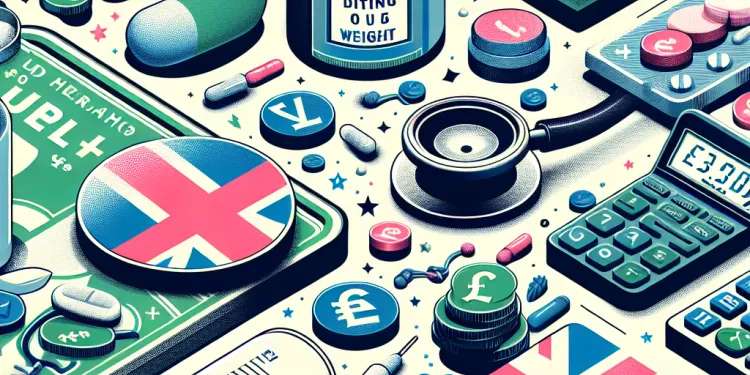
Do GLP-1 medications affect weight?
Relevance: 90%
-
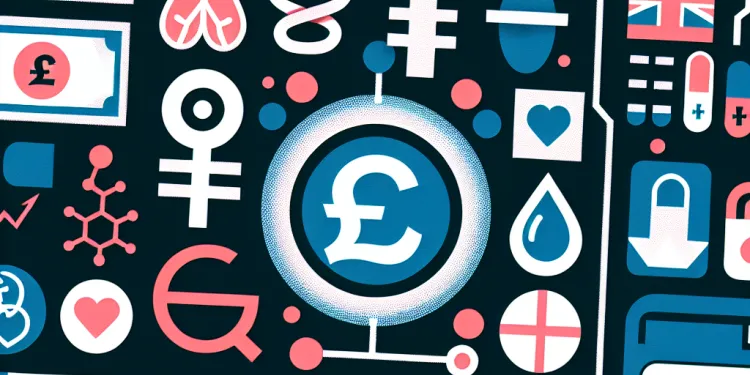
Is GLP-1 related to any other hormones?
Relevance: 88%
-
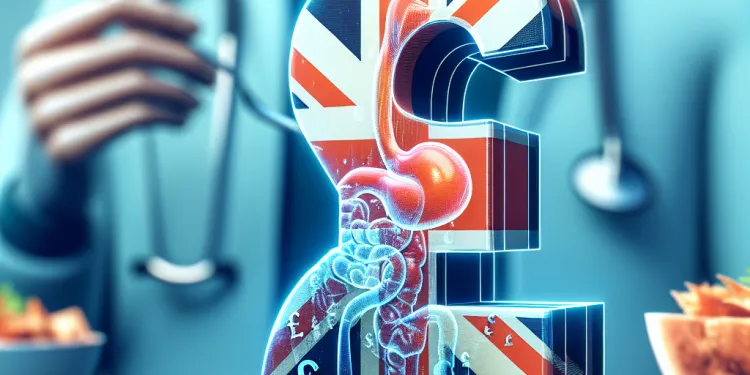
How does GLP-1 affect appetite?
Relevance: 88%
-

What is the connection between GLP-1 and insulin?
Relevance: 88%
-

How do GLP-1 receptor agonists work?
Relevance: 86%
-
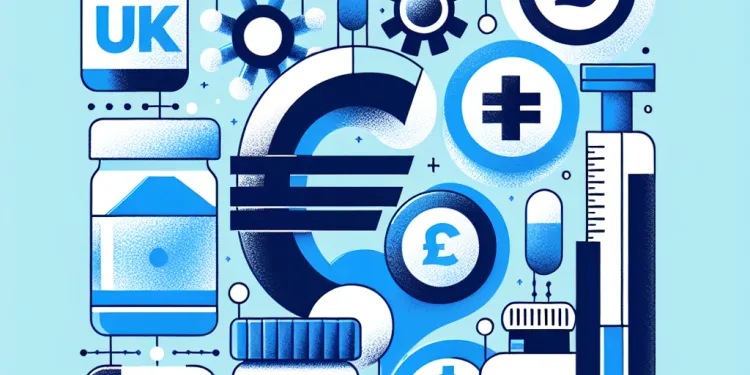
Are there any GLP-1 medications that are taken orally?
Relevance: 85%
-

Are there any dietary factors that influence GLP-1 secretion?
Relevance: 85%
-
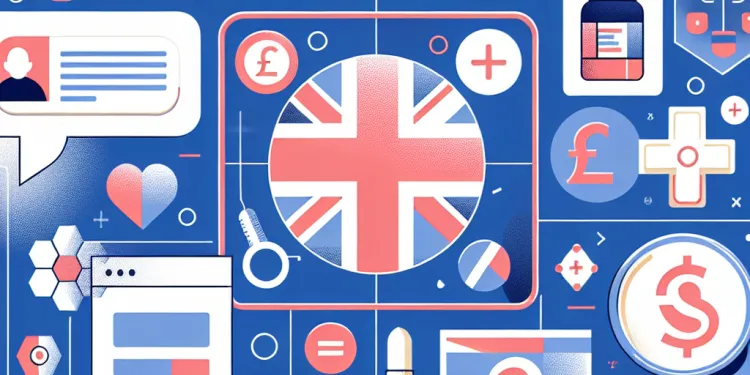
Are there any common side effects of GLP-1 medications?
Relevance: 83%
-

What impact does GLP-1 have on glucose metabolism?
Relevance: 82%
-
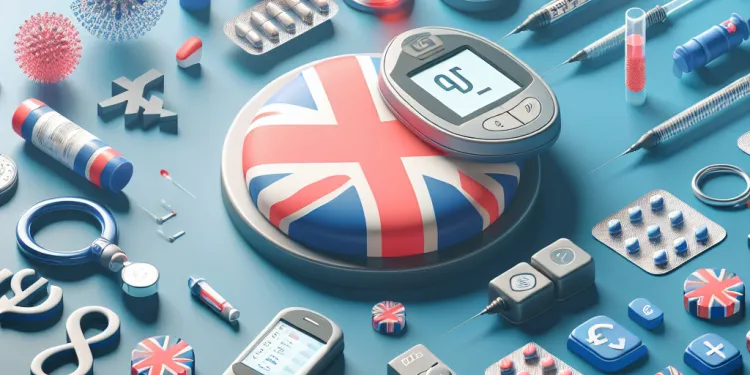
What role does GLP-1 play in diabetes management?
Relevance: 82%
-
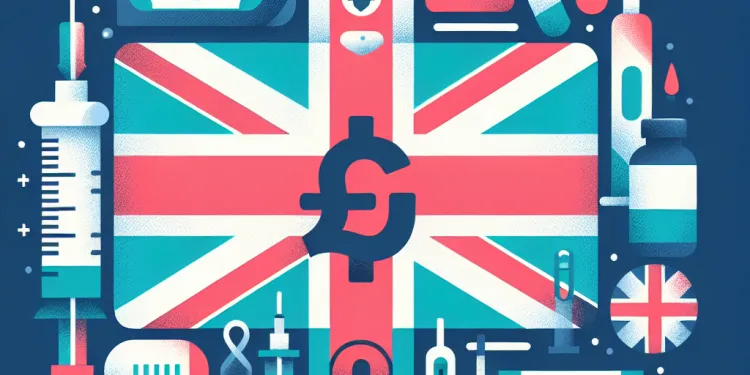
Can GLP-1 be used for type 1 diabetes?
Relevance: 61%
-
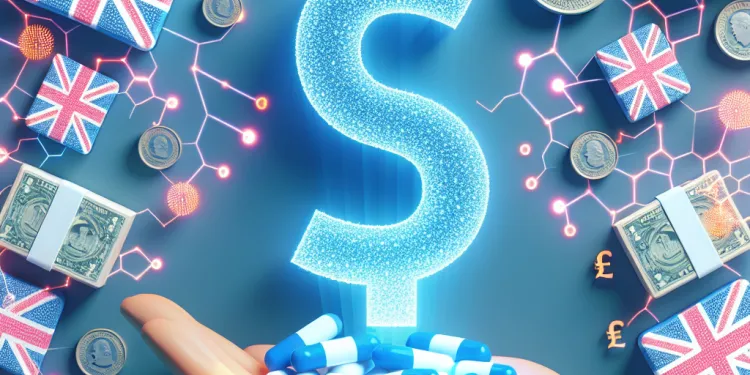
What are incretins?
Relevance: 42%
-

Is Wegovy similar to other weight loss drugs?
Relevance: 38%
-

How does Mounjaro work?
Relevance: 36%
-

What is the active ingredient in Mounjaro?
Relevance: 36%
-

How does Ozempic work?
Relevance: 35%
-

Can Mounjaro be used in type 1 diabetes?
Relevance: 31%
-

What populations should use caution when taking Ozempic?
Relevance: 30%
-

Can I take Ozempic with other diabetes medications?
Relevance: 28%
-

What is the active ingredient in Wegovy?
Relevance: 27%
-

Is Ozempic a form of insulin?
Relevance: 27%
-

What is the drug Wegovy used to treat?
Relevance: 25%
-
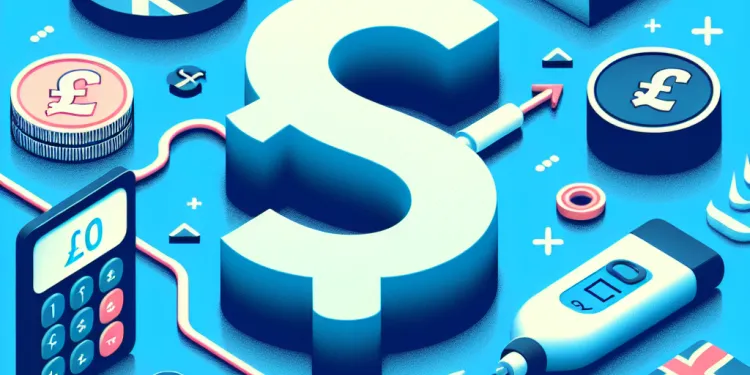
How does Ozempic affect blood sugar levels?
Relevance: 24%
-

How does Wegovy work?
Relevance: 24%
-
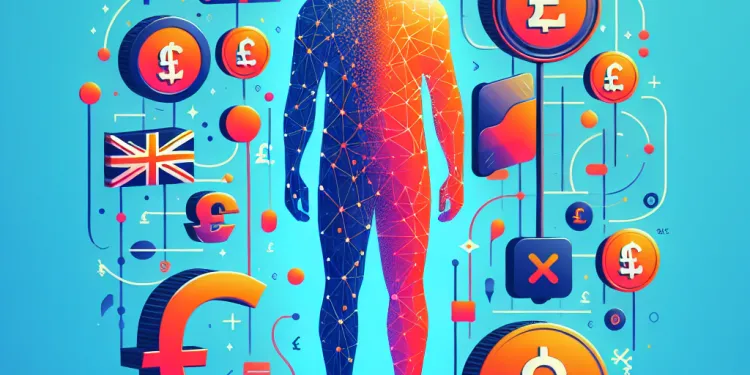
Can Ozempic be used for weight loss?
Relevance: 23%
-

What is Ozempic?
Relevance: 23%
-

Does Ozempic have an impact on kidney function?
Relevance: 22%
-

How effective is Mounjaro in controlling blood sugar levels?
Relevance: 22%
-

What is Wegovy?
Relevance: 22%
-

How does Ozempic help with weight loss?
Relevance: 22%
-

Can Ozempic cause gallbladder problems?
Relevance: 21%
-

What is Ozempic?
Relevance: 21%
What Does GLP-1 Stand For?
GLP-1 stands for Glucagon-Like Peptide-1, which is an important hormone in the human body involved in the regulation of glucose metabolism and insulin secretion. It is produced in the gut and plays a critical role in maintaining blood sugar levels and overall metabolic health.
The Role of GLP-1 in the Body
GLP-1 is secreted in response to food intake, particularly the consumption of carbohydrates and fats. Once released, GLP-1 stimulates the pancreas to produce insulin, which helps lower blood sugar levels by facilitating the uptake of glucose into cells. It also suppresses the release of glucagon, another hormone that increases blood sugar levels. By promoting insulin secretion and inhibiting glucagon, GLP-1 helps maintain balanced blood glucose levels post-meal.
GLP-1 and Appetite Regulation
In addition to its effects on insulin and glucagon, GLP-1 also influences appetite and energy intake. It slows gastric emptying, which is the process by which food leaves the stomach and enters the small intestine. This delay leads to a prolonged feeling of fullness, or satiety, which can help reduce overall calorie intake. For this reason, GLP-1 has become a focus of research into anti-obesity treatments.
Therapeutic Applications of GLP-1
GLP-1 has gained attention for its therapeutic potential, particularly in the context of diabetes management. GLP-1 receptor agonists are a class of medications that mimic the effects of the natural hormone. They are used to improve glycaemic control in people with type 2 diabetes and have been shown to help with weight loss as well. Some popular GLP-1 receptor agonists include medications such as liraglutide and semaglutide.
Research and Developments
Ongoing research is exploring the broader benefits of GLP-1 and its analogues beyond glucose metabolism. Studies are investigating their potential cardiovascular benefits, neuroprotective effects, and uses in treating obesity-related comorbidities. Researchers are also looking into the development of oral forms of GLP-1 receptor agonists, as most current forms require injection.
Conclusion
GLP-1, or Glucagon-Like Peptide-1, is a key hormone with significant effects on glucose metabolism, insulin secretion, and appetite regulation. Its discovery and subsequent research have opened up new avenues for the management of diabetes and obesity. As the scientific community continues to explore the potential of GLP-1, it is hoped that more effective and comprehensive treatments for metabolic diseases will emerge, benefiting many individuals worldwide.
What Does GLP-1 Stand For?
GLP-1 means Glucagon-Like Peptide-1. It is a special substance in our bodies. It helps control how our body uses sugar and how it makes insulin. GLP-1 is made in our tummy and helps keep our blood sugar at the right level.
The Role of GLP-1 in the Body
When we eat, especially foods with carbohydrates and fats, our body makes GLP-1. GLP-1 tells our pancreas to make insulin. Insulin helps our blood sugar go down by moving sugar into our cells. GLP-1 also stops another substance that makes blood sugar go up. By doing this, GLP-1 keeps our blood sugar balanced after we eat.
GLP-1 and Appetite Regulation
GLP-1 also helps control how hungry we feel. It makes food stay in our stomach longer. This makes us feel full for a longer time and can help us eat less. Because of this, scientists are looking at GLP-1 to help people who want to lose weight.
Therapeutic Applications of GLP-1
GLP-1 is important for making medicines, especially for people with diabetes. Medicines called GLP-1 receptor agonists act like GLP-1 in the body. They help people with type 2 diabetes control their blood sugar and can also help with losing weight. Some of these medicines are called liraglutide and semaglutide.
Research and Developments
Scientists are studying GLP-1 to find other benefits. They are looking at how it might help heart health and protect the brain. They are also trying to make GLP-1 medicines you can take by mouth, as most current ones are injections.
Conclusion
GLP-1 is a very important substance for controlling sugar in our blood and how we feel hungry. Scientists have learned a lot about GLP-1, which helps make better treatments for people with diabetes and those who want to lose weight. As research continues, new ways to help people with these issues might be found, helping many people around the world.
Frequently Asked Questions
What does GLP-1 stand for?
GLP-1 stands for Glucagon-Like Peptide-1.
Is GLP-1 a hormone?
Yes, GLP-1 is a hormone involved in glucose metabolism.
What is the function of GLP-1?
GLP-1 enhances insulin secretion, inhibits glucagon release, and slows gastric emptying.
Where is GLP-1 produced?
GLP-1 is produced in the intestines, specifically by L-cells in the small intestine.
How does GLP-1 affect blood sugar levels?
GLP-1 helps lower blood sugar levels by increasing insulin secretion and inhibiting glucagon release after meals.
Is GLP-1 related to diabetes treatment?
Yes, GLP-1 receptor agonists are used as medications to improve blood sugar control in people with type 2 diabetes.
Can GLP-1 help with weight loss?
Yes, GLP-1 can promote weight loss by reducing appetite and food intake.
What are GLP-1 receptor agonists?
GLP-1 receptor agonists are drugs that mimic the effects of GLP-1 to lower blood sugar and aid in weight management.
Are there side effects associated with GLP-1 medications?
Common side effects of GLP-1 medications include nausea, vomiting, and diarrhea.
How is GLP-1 administered for medical use?
GLP-1 medications are often administered via injection.
Do GLP-1 levels change with fasting?
GLP-1 levels are generally low during fasting and increase after eating.
How does GLP-1 impact gastric emptying?
GLP-1 slows gastric emptying, helping to regulate the rate of glucose absorption.
What triggers the release of GLP-1?
GLP-1 release is triggered by nutrient ingestion, especially carbohydrates and fats.
Is GLP-1 involved in satiety?
Yes, GLP-1 plays a role in promoting satiety and reducing food intake.
Can GLP-1 levels be measured?
Yes, GLP-1 levels can be measured in the blood, though this is typically done in research settings.
Does exercise affect GLP-1 levels?
Exercise has been shown to potentially increase GLP-1 secretion and improve its action.
Is GLP-1 important for people without diabetes?
Yes, GLP-1 plays a role in normal metabolism and appetite regulation in people without diabetes.
Do GLP-1 levels differ between individuals?
Yes, GLP-1 levels can vary between individuals based on factors like diet, body weight, and health status.
Is there a link between GLP-1 and cardiovascular health?
GLP-1 has beneficial effects on cardiovascular health, including reducing blood pressure and improving lipid levels.
Are GLP-1 drugs used for conditions other than diabetes?
Yes, GLP-1 drugs are also being studied and used for obesity and weight management.
What Does GLP-1 Mean?
GLP-1 is short for a long name. It helps our bodies with sugar. You can use pictures or videos to learn more about GLP-1.
GLP-1 stands for Glucagon-Like Peptide-1.
Is GLP-1 a hormone?
Yes, GLP-1 is a hormone. A hormone is a chemical in the body that sends messages. GLP-1 helps control how the body uses sugar and fat.
To learn more, you can:
- Ask an adult to explain.
- Look at pictures or videos about hormones.
- Use simple books or apps about the body.
Yes, GLP-1 is a chemical that helps your body use sugar.
What does GLP-1 do?
GLP-1 is something in our body.
It helps control blood sugar.
It makes us feel full after eating.
This helps stop us from eating too much.
You can use pictures to help understand.
Ask someone to explain if you need more help.
GLP-1 helps the body in three ways:
1. It helps the body make more insulin.
2. It stops the release of glucagon, which is another chemical in the body.
3. It slows down how fast food leaves the stomach.
Tools like audio readers can help if you find it hard to read. You can also ask someone to read with you.
Where does GLP-1 come from?
GLP-1 is made in the belly. It comes from special parts called L-cells in the small intestine.
How does GLP-1 change the amount of sugar in the blood?
GLP-1 is something in your body. It helps keep sugar in your blood at the right level.
Here’s how it works:
- It helps your body make insulin. Insulin is like a key. It helps sugar go into your body’s cells.
- It slows down your stomach when it empties food. This helps keep your blood sugar steady.
- It tells your brain you are getting full, so you don’t eat too much.
Tools to help you:
- Ask a grown-up if you have questions.
- Use pictures to learn how GLP-1 works.
GLP-1 is a part of our body that helps keep blood sugar low. It does this by making the body release more insulin and by stopping another thing called glucagon after we eat.
Is GLP-1 used to help people with diabetes?
GLP-1 is a medicine that can help people with diabetes. It helps control blood sugar levels.
If you have trouble reading this, you can:
- Ask a friend or family member to help you understand.
- Use a text-to-speech tool to hear the words.
- Break sentences into smaller parts.
Yes, some medicines help people with type 2 diabetes manage their blood sugar. These medicines are called GLP-1 receptor agonists.
Can GLP-1 Help You Lose Weight?
GLP-1 is a type of medicine. It can help some people lose weight. It works by making you feel full, so you eat less. Remember to talk to a doctor before using it.
Here are some tips to help you:
- Use pictures to help understand words.
- Ask someone to read with you.
- Take your time and read slowly.
Yes, GLP-1 can help you lose weight. It makes you feel less hungry, so you eat less food.
What are GLP-1 receptor agonists?
GLP-1 receptor agonists are a type of medicine. They help control blood sugar levels. Doctors use them to treat diabetes. Diabetes is when your body has trouble using sugar for energy.
If you want to learn more about how these medicines work, you can ask your doctor or nurse to explain it in simple words. They can help you understand. You can also use pictures or videos to help you learn.
GLP-1 receptor agonists are medicines. They help lower blood sugar and manage weight.
Do GLP-1 Medicines Have Side Effects?
Some people might feel sick, have a tummy ache, or feel more tired when taking GLP-1 medicines. If you feel unwell, tell a doctor.
Using simple tools like picture books or listening to someone read can help understand this better.
GLP-1 medicine can make you feel sick. It might make you throw up or give you a runny tummy.
To help with these side effects, you can:
- Eat small meals
- Drink lots of water
- Take deep breaths if you feel sick
How do doctors give GLP-1 medicine?
Doctors give GLP-1 medicine with a needle. It goes into the skin, like a quick pinch. Some people use a pen with a needle inside to do this. This helps the medicine work best.
If you find it hard, ask a doctor or nurse for help. They can show you how to do it.
Using reminders on your phone or sticking a note on the fridge can help you remember to take the medicine.
GLP-1 medicines are usually given with a shot, like a needle.
Do GLP-1 levels change when you don't eat?
GLP-1 is something in your body that helps with food and sugar. When you don't eat for a while, like when you fast, these levels can change.
Tip: Ask a doctor or nurse if you want to know how fasting affects your body.
GLP-1 is a thing in your body that is low when you haven't eaten for a while. It goes up after you eat food.
How does GLP-1 change how the stomach empties?
GLP-1 is something in your body that helps slow down how fast food leaves your stomach. This means food stays in your stomach longer before moving to the next part of your body.
Think of it like waiting for a traffic light to turn green. GLP-1 makes the light stay red a bit longer, so cars (or food) wait a little more before going.
To help understand, you can:
- Use pictures or videos to show how the stomach works.
- Talk to someone who knows about the body, like a doctor or teacher.
- Use apps that explain how the body works in a fun way.
GLP-1 makes food leave your stomach more slowly. This helps your body take in sugar at a steady pace.
What makes GLP-1 come out?
When you eat food, especially things like carbs and fats, your body releases something called GLP-1.
Does GLP-1 help you feel full?
GLP-1 is something in your body.
It can make you feel full after eating.
Feeling full can stop you from eating more.
If you want to learn more, ask a doctor or read simple health guides.
Yes, GLP-1 helps you feel full and eat less.
Can we measure GLP-1 levels?
You can check the GLP-1 levels in the blood, but this is mostly done in science studies.
Does exercise change GLP-1 levels?
Exercise can change GLP-1 levels. GLP-1 is a thing in our body that helps control sugar and hunger.
Exercise might make GLP-1 levels go up. This can be good for our health.
Ask a grown-up or use tools to learn more. You can use pictures or charts to understand better.
Exercise can help your body make more GLP-1 and use it better.
Is GLP-1 important for people who don't have diabetes?
GLP-1 helps your body use sugar better. It can be good for everyone, not just people with diabetes.
What you should know:
- Helps with Eating: GLP-1 helps control hunger. It can help you not eat too much.
- Good for Your Heart: GLP-1 can help keep your heart healthy.
- Helps with Weight: GLP-1 can help people keep a healthy weight.
If you have questions, talk to your doctor.
Tools to Help You:
- Use pictures and diagrams to understand better.
- Ask someone to read this with you.
Yes, GLP-1 helps the body use food for energy and control hunger in people without diabetes.
Do GLP-1 levels vary from person to person?
GLP-1 is something in our bodies that helps with digestion.
Yes, GLP-1 levels can be different for each person. This means some people might have more or less than others.
To help understand better, you can:
- Use pictures or charts.
- Ask a friend or teacher to explain it to you.
- Look for videos that talk about GLP-1.
Yes, GLP-1 levels can be different for each person. This depends on things like what you eat, how much you weigh, and how healthy you are.
Is there a connection between GLP-1 and heart health?
GLP-1 is something our body makes. It can help with keeping our heart healthy.
Here are some ways to learn more:
- Use pictures to explain things.
- Watch short videos about GLP-1 and heart health.
- Ask a friend or teacher to explain things.
GLP-1 helps the heart. It can lower blood pressure and make cholesterol levels better.
Do GLP-1 medicines help with things other than diabetes?
Yes, GLP-1 drugs are being looked at and used to help with weight loss and managing obesity.
Useful Links
- Ergsy carfully checks the information in the videos we provide here.
- Videos shown by Youtube after a video has completed, have NOT been reviewed by ERGSY.
- To view, click the arrow in centre of video.
- Most of the videos you find here will have subtitles and/or closed captions available.
- You may need to turn these on, and choose your preferred language.
- Go to the video you'd like to watch.
- If closed captions (CC) are available, settings will be visible on the bottom right of the video player.
- To turn on Captions, click settings .
- To turn off Captions, click settings again.
More Items From Ergsy search
-

What is GLP-1?
Relevance: 100%
-

Is GLP-1 naturally occurring?
Relevance: 95%
-

What is the half-life of GLP-1?
Relevance: 95%
-

Are GLP-1 medications injectable?
Relevance: 95%
-

Where is GLP-1 produced in the body?
Relevance: 91%
-

Can GLP-1 levels be measured?
Relevance: 91%
-

What does GLP-1 stand for?
Relevance: 91%
-

Can GLP-1 be used as a medication?
Relevance: 91%
-

Do GLP-1 medications affect weight?
Relevance: 90%
-

Is GLP-1 related to any other hormones?
Relevance: 88%
-

How does GLP-1 affect appetite?
Relevance: 88%
-

What is the connection between GLP-1 and insulin?
Relevance: 88%
-

How do GLP-1 receptor agonists work?
Relevance: 86%
-

Are there any GLP-1 medications that are taken orally?
Relevance: 85%
-

Are there any dietary factors that influence GLP-1 secretion?
Relevance: 85%
-

Are there any common side effects of GLP-1 medications?
Relevance: 83%
-

What impact does GLP-1 have on glucose metabolism?
Relevance: 82%
-

What role does GLP-1 play in diabetes management?
Relevance: 82%
-

Can GLP-1 be used for type 1 diabetes?
Relevance: 61%
-

What are incretins?
Relevance: 42%
-

Is Wegovy similar to other weight loss drugs?
Relevance: 38%
-

How does Mounjaro work?
Relevance: 36%
-

What is the active ingredient in Mounjaro?
Relevance: 36%
-

How does Ozempic work?
Relevance: 35%
-

Can Mounjaro be used in type 1 diabetes?
Relevance: 31%
-

What populations should use caution when taking Ozempic?
Relevance: 30%
-

Can I take Ozempic with other diabetes medications?
Relevance: 28%
-

What is the active ingredient in Wegovy?
Relevance: 27%
-

Is Ozempic a form of insulin?
Relevance: 27%
-

What is the drug Wegovy used to treat?
Relevance: 25%
-

How does Ozempic affect blood sugar levels?
Relevance: 24%
-

How does Wegovy work?
Relevance: 24%
-

Can Ozempic be used for weight loss?
Relevance: 23%
-

What is Ozempic?
Relevance: 23%
-

Does Ozempic have an impact on kidney function?
Relevance: 22%
-

How effective is Mounjaro in controlling blood sugar levels?
Relevance: 22%
-

What is Wegovy?
Relevance: 22%
-

How does Ozempic help with weight loss?
Relevance: 22%
-

Can Ozempic cause gallbladder problems?
Relevance: 21%
-

What is Ozempic?
Relevance: 21%


